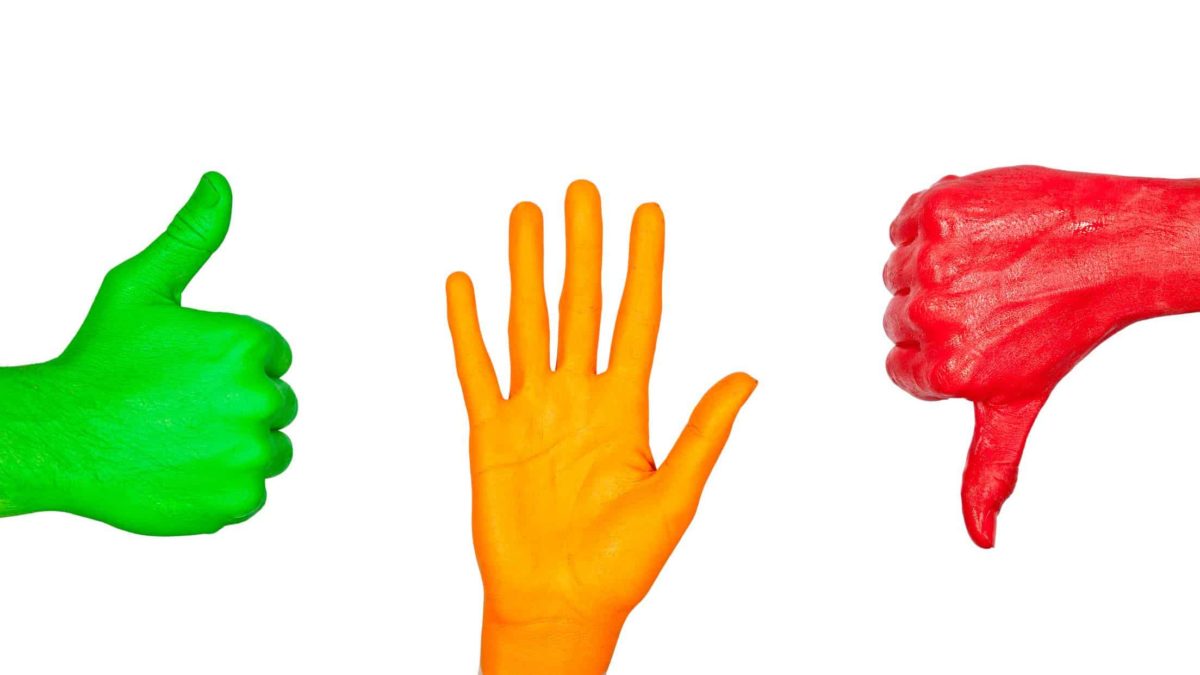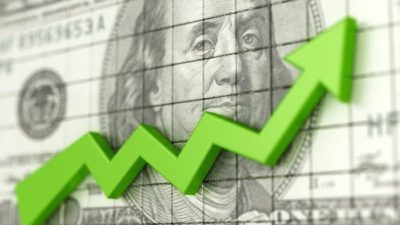This article was originally published on Fool.com. All figures quoted in US dollars unless otherwise stated.
Investors have mixed feelings about eBay (NASDAQ: EBAY). The e-commerce website and platform thrived at the pandemic's onset when hundreds of millions wanted to avoid shopping in person. As a result, sales and customer signups surged. The economic reopening has had the opposite effect. After being cooped up at home for over a year, people want to get out of the house.
However, it's not all bad news for eBay from now on. The company is implementing a strategy to boost revenue, even as customer spending is falling. Let's take a closer look at eBay's green and red flags below.
Green flag: Increasing the take rate
Notably, eBay does not own any inventory for sale on its platform. Instead, it encourages buyers and sellers to meet on its website to make transactions. eBay makes money by taking a percentage of each sale (its "take rate").
Similarly, eBay leaves shipping and handling to buyers and sellers. That way, it doesn't need to own or operate fulfillment centers. It's an asset-light business model that works to deliver higher profit margins than if eBay were to participate in owning inventory or fulfillment centers.
Indeed, eBay's operating profit margin in the past decade has increased from 20.5% to 29.6%. Meanwhile, rival Amazon, which famously owns its fulfillment network, generated a measly operating profit margin during the same period.
EBAY Operating Margin (Annual) data by YCharts.
The good news for eBay investors is that the company has been increasing its take rate in recent quarters. Between the fourth quarter of 2020 and the first quarter of 2022, eBay's take rate rose from 10% to 12.1%. Furthermore, considering that Etsy, a competitor with a similar business model, has sustained and increased its take rate in its previous five quarters at over 17%, suggests that eBay has room to expand its take rate further.
eBay's rising transaction take rate has prevented revenue from falling as consumers return to shopping in person. The potential for more increases on this front is surely a green flag.
Red flag: Declining customer spending
As mentioned earlier, people want to leave their homes and shop more in person. That means less money is available to spend at online stores like eBay. As a result, eBay's gross merchandise value (GMV), a metric that measures overall customer spending on its site, has declined for four consecutive quarters, starting with Q2 2021.
GMV fell from $24.1 billion in Q1 2021 to $19.4 billion in Q1 2022. The dramatic fall is not entirely due to economic reopening. The first quarter of 2021 held a major fiscal stimulus package, which boosted consumer spending in the U.S.
Still, the economic reopening is a significant headwind for eBay. Folks have more options on what to do with their time and money, and they're choosing to take dollars away from eBay and allocate them elsewhere. There's no telling how far or how long this transition will be, adding an element of risk to the situation.
This red flag can primarily explain why eBay's stock is off 47% from its highs. While the risk should not be ignored, it's no reason for shareholders to sell eBay stock. The majority of the bad news is arguably priced into the stock, while the potential to continue increasing the take rate could boost revenue, even as customer spending falls.
This article was originally published on Fool.com. All figures quoted in US dollars unless otherwise stated.










